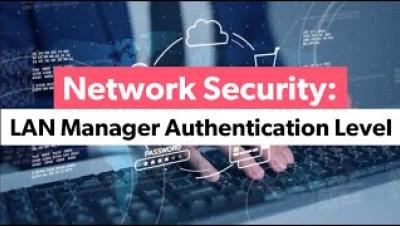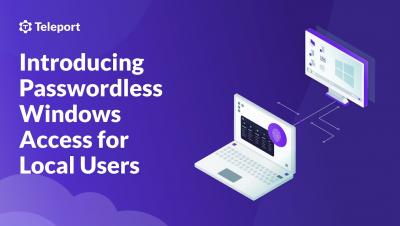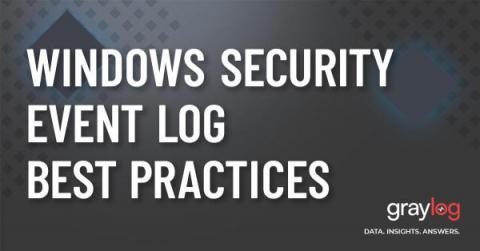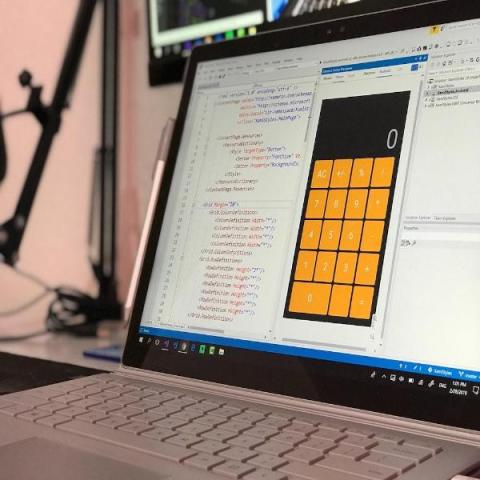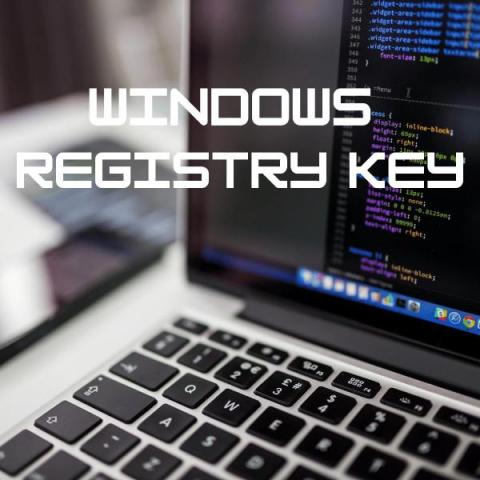Security | Threat Detection | Cyberattacks | DevSecOps | Compliance
Windows
Introducing Windows Passwordless access for local user
Using Windows Defender Credential Guard to Protect Privileged Credentials
The compromise of a single Active Directory credential can lead to unauthorized access to your servers, applications, virtualization platforms and user files across your enterprise. One of the reasons for credential vulnerability is that Windows stores credentials in the Local Security Authority (LSA), which is a process in memory.
Windows Security Event Log Best Practices
From Registry With Love: Malware Registry Abuses
The Windows Registry is one of the most powerful Windows operating system features that can tweak or manipulate Windows policies and low-level configuration settings. Because of this capability, most malware or adversaries abuse this hierarchical database to perform malicious tasks on a victim host or environment. Over the last 2 years, the Splunk Threat Research Team has analyzed and reverse engineered some of the most prevalent and successful malware families.


